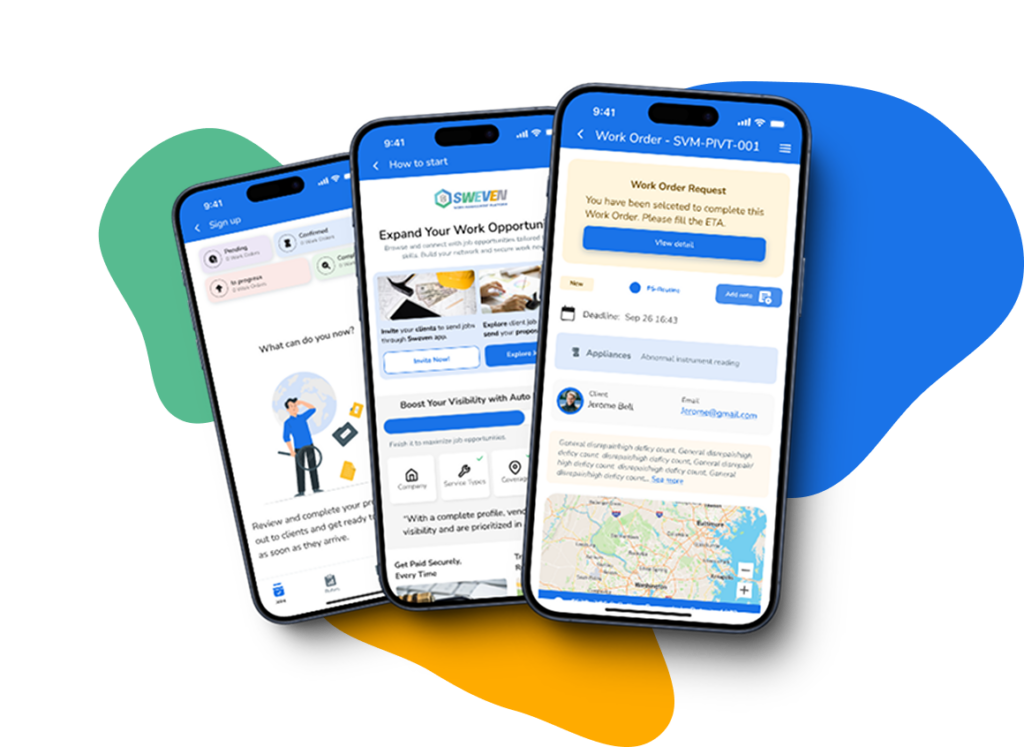Introduction: Is «perfect production» with zero defects, zero breakdowns, and zero accidents an achievable goal? While 100% perfection may seem like a fantasy, the philosophy of Total Productive Maintenance (TPM) makes it the ultimate target. TPM is not just another maintenance program; it’s a holistic, company-wide strategy that fundamentally changes the relationship between people and equipment. It empowers every employee—from front-line operators to senior management—to take ownership of machine reliability and performance. By breaking down departmental silos and focusing on proactive, collaborative upkeep, TPM transforms an organization’s culture and delivers powerful, compounding benefits.
What is the Core Goal of Total Productive Maintenance?
The primary goal of TPM is to maximize Overall Equipment Effectiveness (OEE) by eliminating the «Six Big Losses» that plague manufacturing:
- Breakdowns: Unplanned equipment failures.
- Setup and Adjustments: Time lost when switching between products.
- Small Stops: Minor interruptions and idling.
- Reduced Speed: Equipment running below its optimal speed.
- Defects and Rework: Production of faulty parts.
- Startup Losses: Yield loss during the initial phase of production.
By systematically targeting these losses, TPM creates a highly efficient, reliable, and profitable production environment.
The Key Benefits of a Successful TPM Program
Implementing TPM delivers significant advantages that ripple across an entire organization. These benefits can be grouped into operational, cultural, and strategic improvements.
1. Optimized Production and Financial Gains A core outcome of TPM is a healthier bottom line, achieved through direct operational improvements.
- Increased Quality Output: The TPM pillar of «Quality Maintenance» integrates defect prevention directly into the maintenance process. By keeping equipment in optimal condition, process variations are eliminated, leading to fewer defects, less rework, and consistently superior product quality.
- Lower Maintenance Costs: TPM’s emphasis on proactive care is inherently more cost-effective than reactive maintenance. Daily cleaning and inspections by operators can prevent minor issues from escalating into major, expensive breakdowns. This proactive stance reduces emergency repair costs, the need for rush-ordered parts, and overall maintenance budgets.
- Increased Overall Equipment Effectiveness (OEE): By directly addressing the Six Big Losses, TPM boosts OEE. A higher OEE means you are getting more production out of your existing assets without needing to invest in new equipment, directly improving profitability.
2. A Safer and More Empowered Workforce TPM places people at the center of its philosophy, leading to a profound cultural shift.
- Improved Workplace Safety: TPM is built on the 5S foundation (Sort, Straighten, Shine, Standardize, Sustain). This methodology creates a clean, organized, and uncluttered work environment. Hazards like oil slicks, misplaced tools, and messy stations are systematically eliminated, drastically reducing the risk of slips, trips, and other workplace injuries.
- Empowered and Educated Employees: TPM thrives on knowledge sharing and empowerment. Operators are trained to perform routine maintenance, inspect their own equipment, and diagnose issues early. This «autonomous maintenance» gives them ownership and pride in their work, while freeing up skilled maintenance technicians to focus on more complex, value-adding tasks and strategic reliability improvements.
- Improved Staff Morale: Working in a chaotic, reactive environment is stressful and disempowering. TPM creates a predictable, controlled, and collaborative atmosphere. When employees feel they have the tools and authority to improve their own workspace and prevent problems, job satisfaction and morale soar.
3. Strategic and Continuous Improvement TPM embeds a forward-thinking mindset into daily operations.
- Strategic Planned Maintenance: TPM shifts the focus from «firefighting» to meticulously planned maintenance. Using data on failure rates and equipment condition, maintenance tasks are scheduled during non-productive hours, minimizing unplanned stoppages and optimizing production flow.
- A Culture of Continuous Improvement (Kaizen): Derived from the Japanese concept of kaizen («change for the better»), this TPM pillar ensures the organization never becomes complacent. All employees are encouraged to identify and implement small, methodical improvements to their processes every day. This creates a powerful, compounding effect that drives sustained operational excellence.
- Greater Customer Satisfaction: The benefits of TPM ultimately reach the customer. Higher product quality, fewer defects, and reliable production schedules lead to on-time deliveries of superior goods. This enhances customer trust, boosts satisfaction, and encourages repeat business.
Holistic Analysis: How TPM Creates a Cycle of Success
The benefits of TPM are not isolated; they are interconnected and create a powerful, self-reinforcing cycle.
- It begins with empowering employees through training and the 5S foundation, which creates a safer, more organized workplace.
- This sense of ownership leads to better autonomous maintenance, where operators clean, inspect, and care for their equipment.
- Better-maintained equipment suffers fewer minor stops and breakdowns, directly improving OEE and reducing unplanned maintenance.
- Higher OEE and fewer defects result in lower manufacturing costs and higher product quality.
- This success generates greater customer satisfaction and improved profitability.
- The financial gains and positive culture make it easier to reinvest in more training and tools, further empowering employees and restarting the cycle at an even higher level.
This «flywheel effect» is the true power of TPM—it builds momentum that continuously drives the organization toward peak performance.
Enabling TPM with Modern Technology
While TPM is a philosophy, its implementation is significantly enhanced by modern technology. A robust Computerized Maintenance Management System (CMMS) or Asset Operations Management platform is critical for success. This technology serves as the central nervous system for a TPM program by:
- Scheduling and Tracking: Managing work orders for both planned maintenance by technicians and autonomous maintenance tasks for operators.
- Data Collection & Analysis: Providing the data needed to calculate OEE, track KPIs, identify failure trends, and make informed decisions for continuous improvement.
- Inventory Management: Ensuring the right spare parts are available for planned maintenance without carrying excessive inventory.
- Mobile Access: Giving operators and technicians the tools and information they need directly on the factory floor via mobile devices.
Conclusion: A Commitment to Excellence Total Productive Maintenance is more than a set of tools; it’s a long-term commitment to operational excellence. It requires buy-in from every level of the organization, but the rewards are transformative. By fostering a culture of shared ownership, proactive problem-solving, and continuous improvement, TPM allows companies to get closer than ever to the goal of «perfect production,» ensuring their competitiveness and success for years to come.















